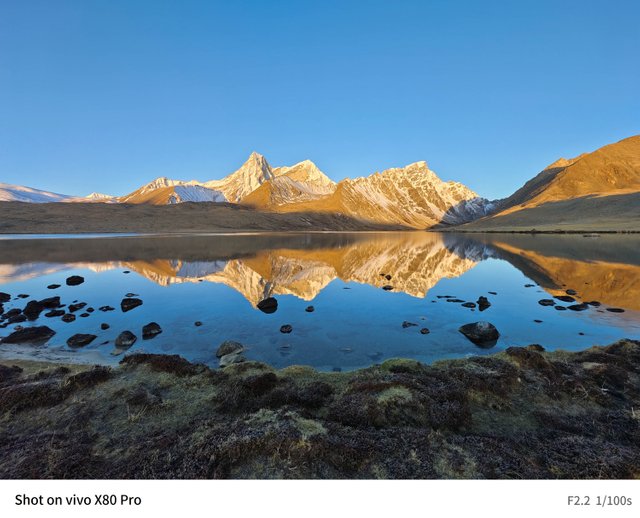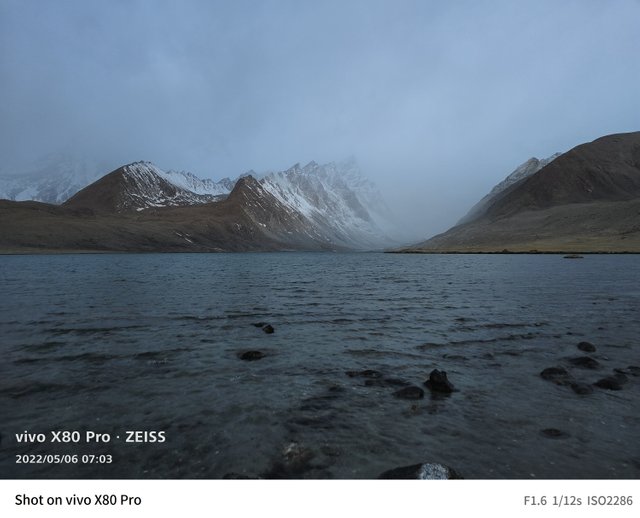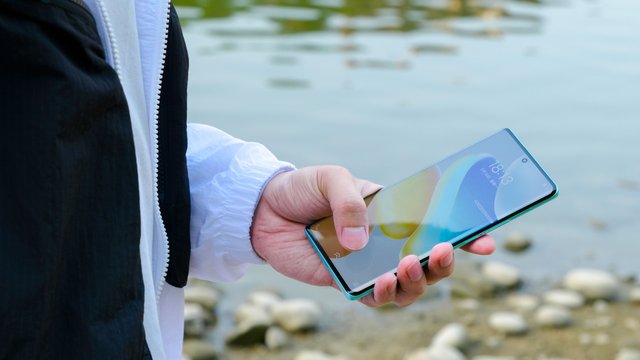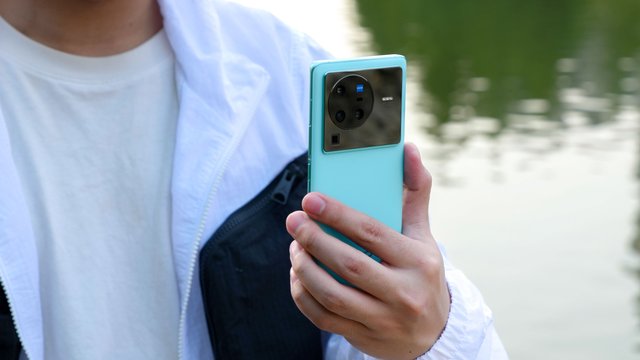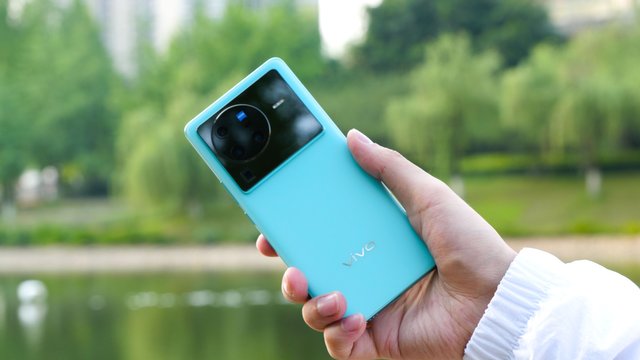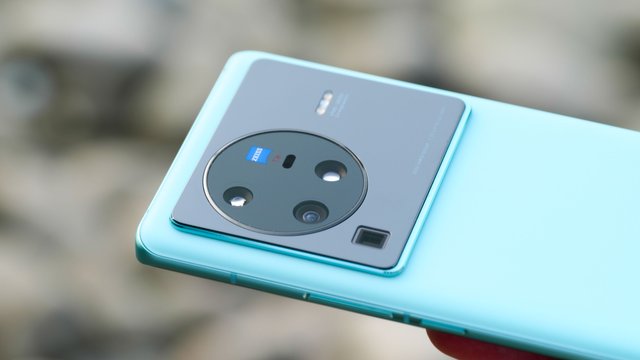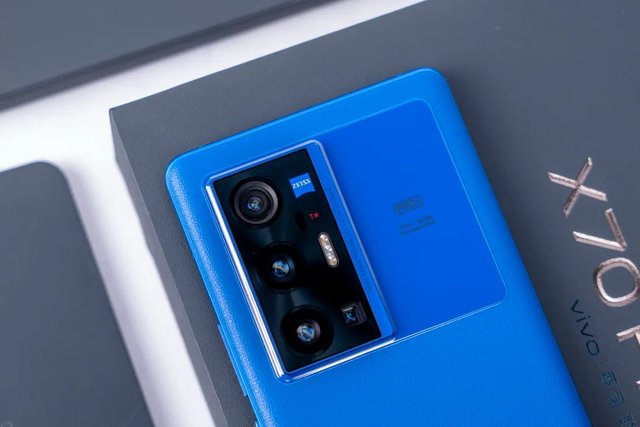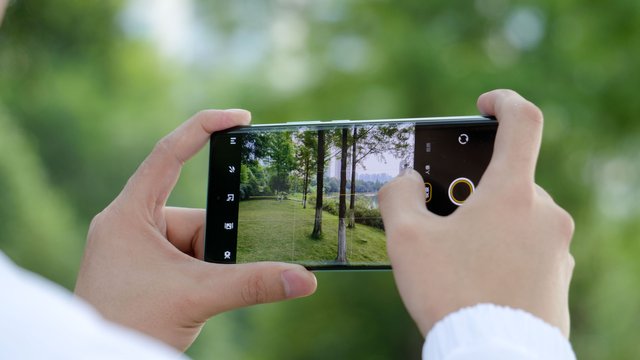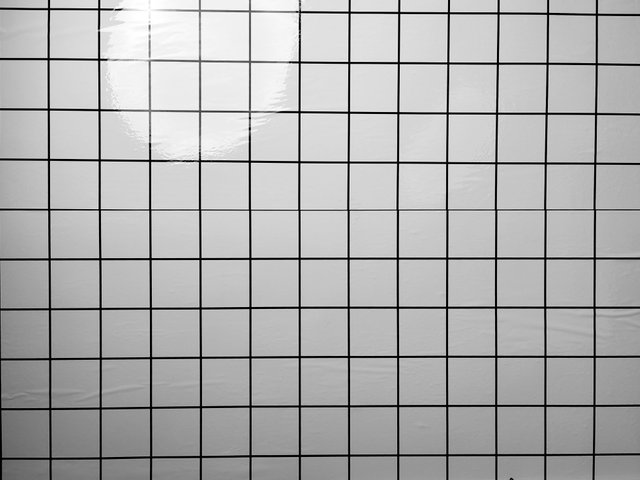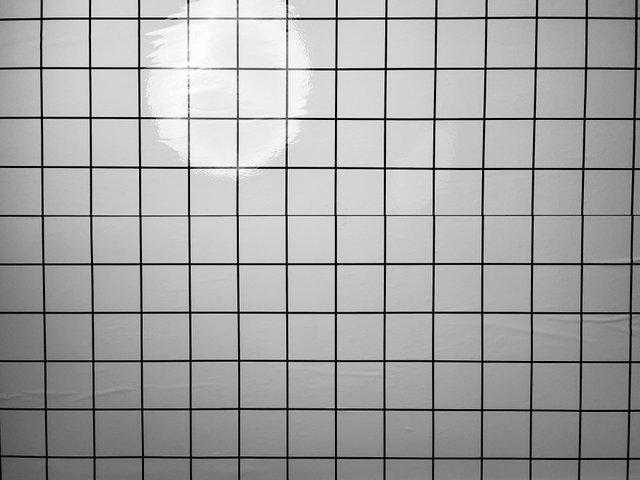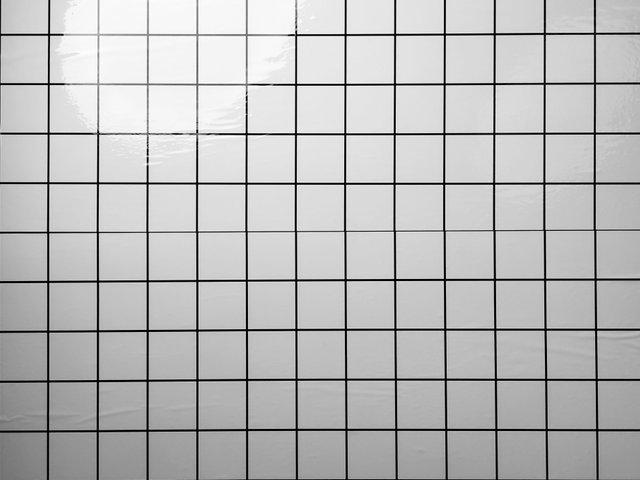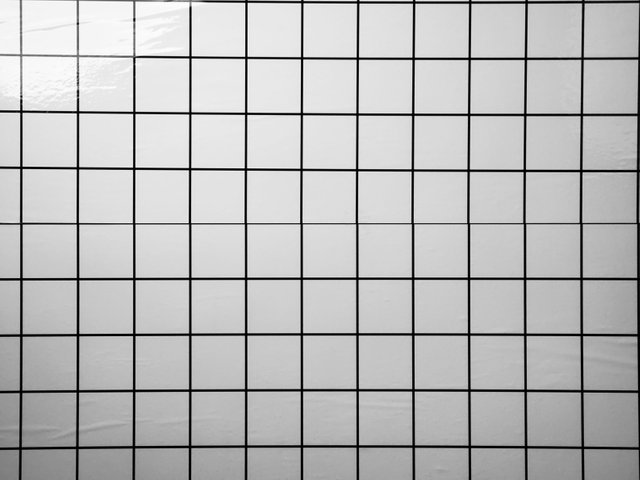Vivo X80 Pro Review : the top-notch flagship phone among vivo's X series
The blue X70 Pro+ was launched last September with a great popularity. Now, the Chinese manufacture vivo send us a new flagship phone in the form of X80 Pro, an indication of its pursuit of the top among all the high-end brands. Well, does the new X80 Pro live up to vivo’s expectations? How about it performs in the real-world experience? To better test its performance, we made several special trips to Sichuan province, Tibet Autonomous Region and Chongqing municipality, China during which we had put the new phone to its limits.

Design and Handling
Over the past few years, vivo has made several major changes to its software and hardware offerings, updating the original Funtouch OS to Origin OS system and launching its independently developed V1+ Image Chip to deliver better shooting experiences. Of course, it’s increasingly upgrading its camera system in collaboration with Zeiss.
The Pro variant we have received is a blue edition powered by the Snapdragon 8 Gen 1 chipset, with an elegant appearance.
There’s no vivo X80 Pro + available, which means the X80 Pro is the top option in vivo’s X series for now. And vivo offers two versions of the X80 Pro, powered by Snapdragon 8 Gen 1 and Dimensity 9000 chipset respectively.
So what are differences between them? The Dimensity 9000 version has a longer battery life than the Snapdragon 8 Gen 1 version, meaning the former one with lower power consumption. In terms of the recording format, the Dimensity 9000 option supports up to 4K video recording while the other one supports up to 8k shooting. As for stills photography, there are several shooting modes including Super Moon, Starry Sky, Sports Capture and Slowmotion Capture are unavailable in the Dimensity 9000 version.
When it comes to the design of rear camera setup, we can’t find many improvements over the previous X70 Pro+ flagship phone, still adopting a rectangular camera module to hold its four rear lenses—the main, ultra-wide, portrait and periscope telephoto lens.
With a replacement for the stepped camera modules of earlier X phones, the X80 Pro has a round camera module and a square base symbolizing the ancient Chinese perception of the world as "round sky, square earth". It’s worth noting that the gimbal-like stabilization system has been given to the portrait lens rather than the periscope telephoto lens, sitting outside the round camera module, a little bit weird.
(X80 Pro)
(X70 Pro+)
Besides, there are three major changes over the precedent previous X70 Pro+. Firstly, the GNV sensor is an upgraded version of the GN1 sensor, with the lens setup comprised of one glass and six plastic lenses. Secondly, the periscope telephoto lens is now powered by the SK Hi-847 sensor not by the OMNIVISION's OV08A10 sensor. Thirdly, O.I.S is not available in the ultra-wide lens which however supports the 3.5cm Super Macro mode.
Theoretical Test
001 Sharpness
We have used ISO 12233 charts with all the four cameras and now show you 100% crops at the center and corners to measure sharpness.
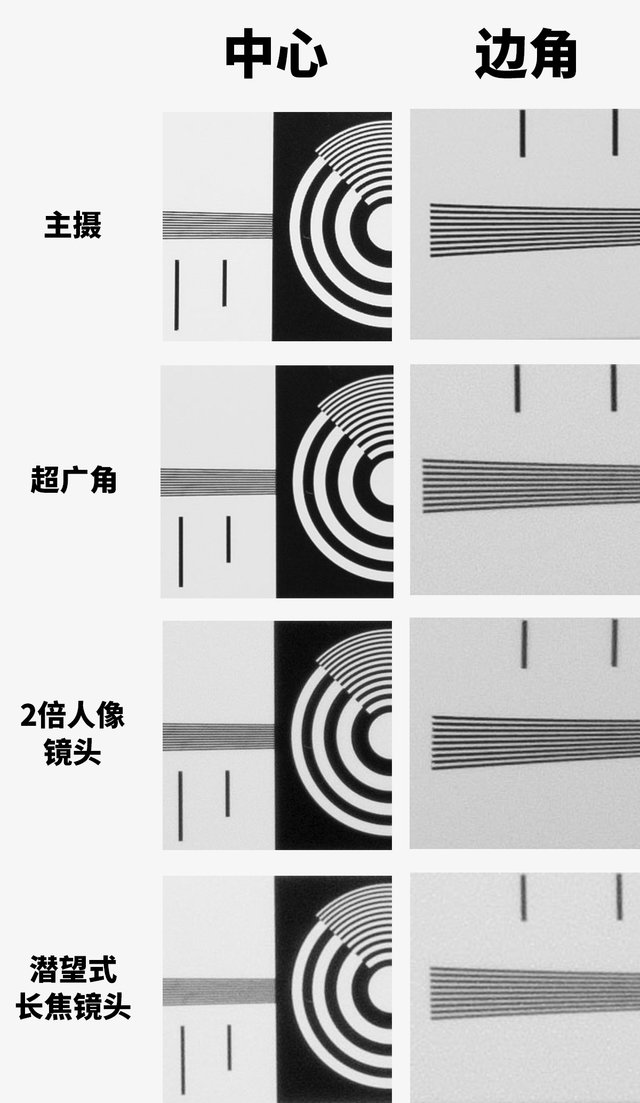
Looking at the above image cropped at the center, we can find that the main, ultra-wide, portrait lenses are sharp, while the periscopic telephoto lens performs relatively worse, with a serious sense of smearing and slightly soft image quality. When it comes to the edge, the four lenses are much more different, with a slight decay in the image quality of the main lens; the image quality of the ultra-wide lens and portrait lens is almost similar, inferior to that of the main lens, and that of the periscopic telephoto becomes even worse.
002 Latitude
Vivo X80 Pro supports both JPG, RAW and its unique SuperRaw files, we accordingly tested the latitude on the three fronts. The SuperRaw format mentioned above has an important difference from the traditional RAW format in that SuperRAW format is the product of multi-frame compositing, using up to 10 RAW files stacked into one 14bit SuperRAW file (*.dng), which shows better detail and dynamic range compared to the regular RAW file.
We only dialed the exposure from negative 3 to positive 3 stops with the shutter speed and ISO set by default.
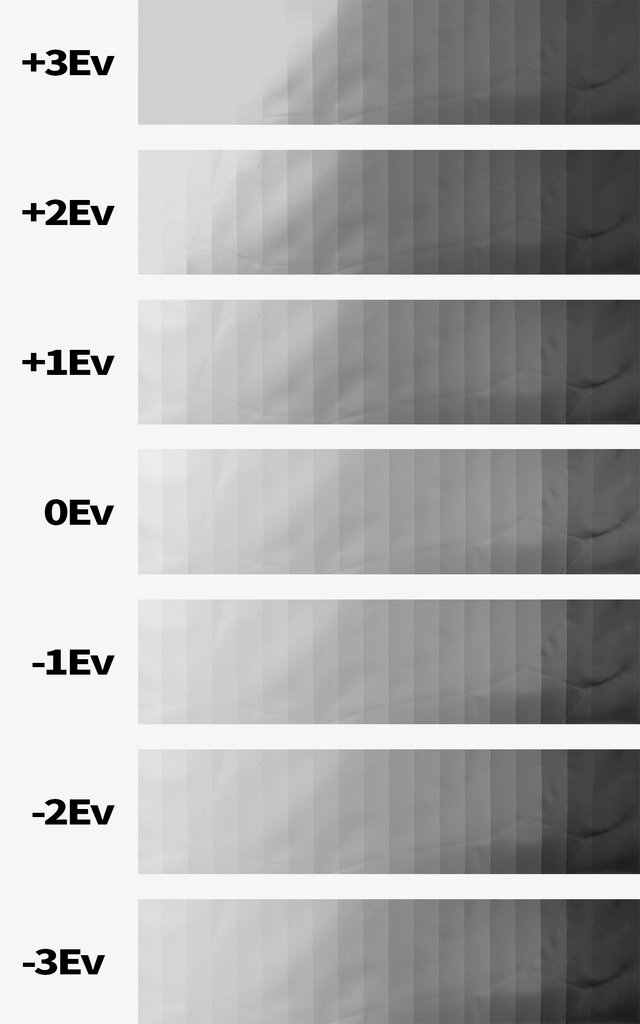
(JPG)
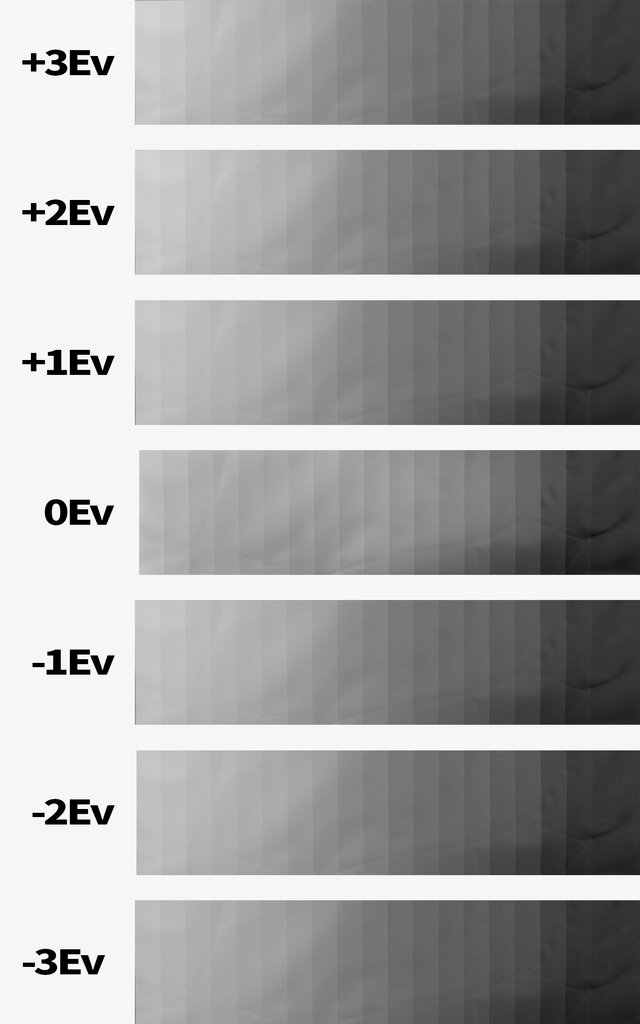
(RAW)
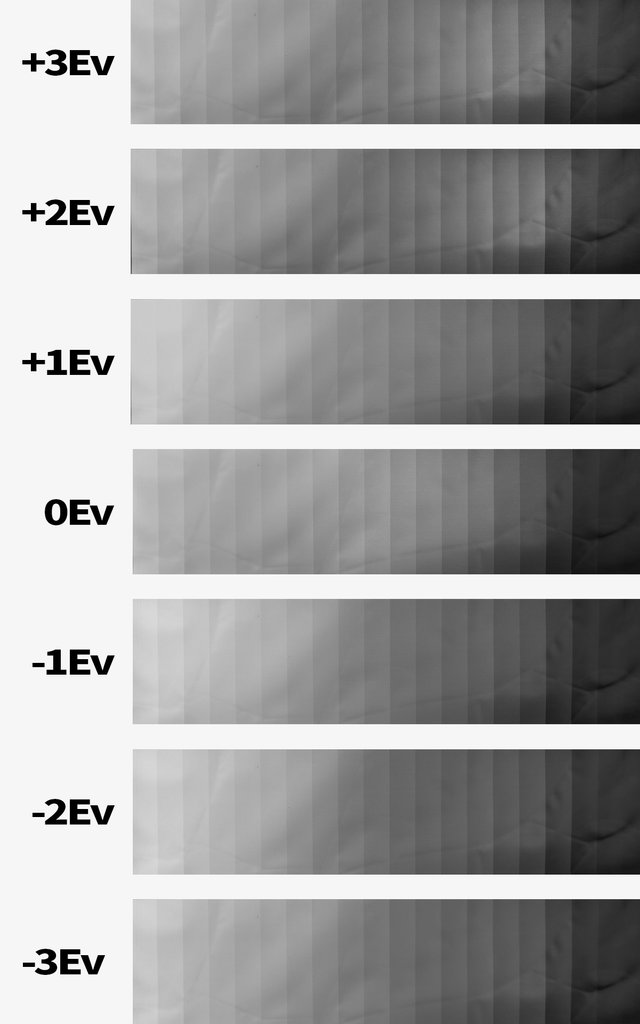
(SuperRAW)
As can be seen above, RAW and SuperRAW files are basically the same in terms of latitude, maintaining more details. Therefore, it is highly recommended to keep the RAW file when you shoot large light-ratio pictures to facilitate restoring in the post.
003 Sensitivity
You can adjust the exposure manually when the Pro mode is on. Adjusting within a sensitivity range of ISO 50 to 3200, we shoot the image and analyzed details and dark parts to see how the image quality changes as the sensitivity gradually increases.
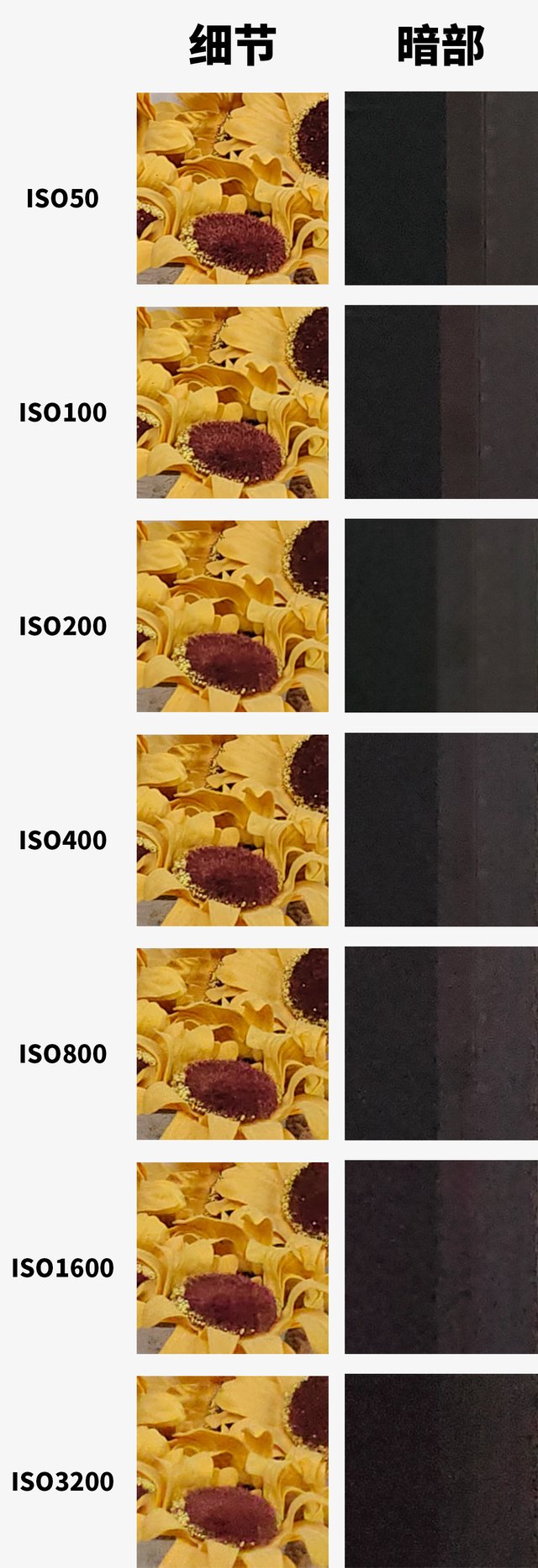
As you can see, the vivo X80 Pro presents a relatively pure picture in terms of details and dark parts under ISO400. At ISO800, the dark parts appear partially smeared; at ISO1600, a lot of details are missed and dark parts are further smeared.
004 Lens distortion
By shooting the equally spaced grid with four lenses respectively, we observe the distortion of the image. As tested, there is only a slight pincushion distortion on the periscope lens, leaving the least impact on daily use.
(main)
(ultra-wide)
(portrait)
(periscope)
Real-world Experience
All the samples below were taken by @行摄歪杰, and I would like to express my thanks to @行摄歪杰 for providing them. The following footages were shot across three major China’s cities, Chongqing city, Chengdu city and Tibet Autonomous region. Clearly, the image quality of the vivo X80 Pro is better than those shot on the vivo X70 Pro+ in Lijiang city, Yunnan province, China both in terms of configuration and photo capability.
(PS: In the following samples, all shooting parameters are marked, but due to the phone's internal AI algorithm, the marked Exif information may not be so accurate, just for your reference)
001 The main lens
The phone houses a Zeiss optics camera with T coating and replaces one plastic lens with a glass one, which effectively reduce stray lights and ghosting effects whether you’re shooting in the day or night.
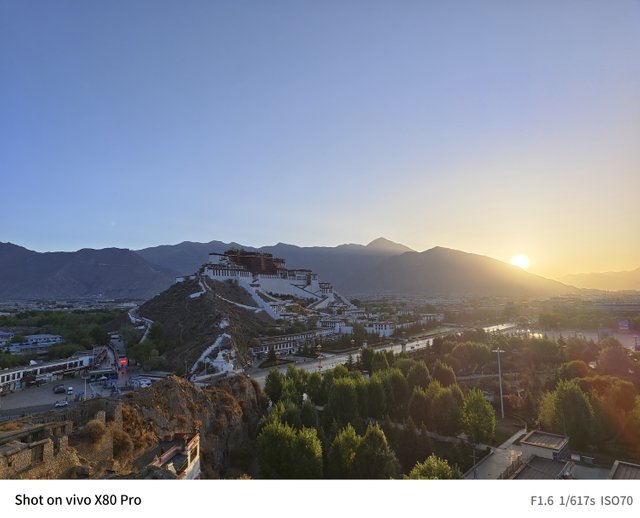
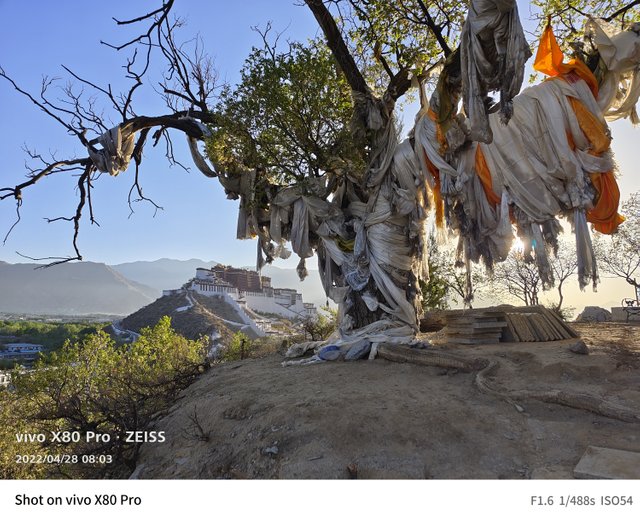
002 Ultra-wide lens
The X80 Pro is also equipped with a choice of three focus lengths--0.6× (14mm), 2× (50mm), and 5× (125mm), covering a full range from ultra-wide to telephoto.
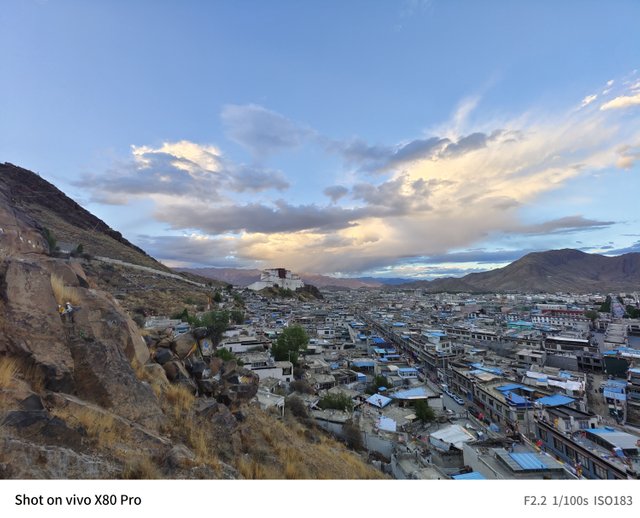
0.6×(14mm)
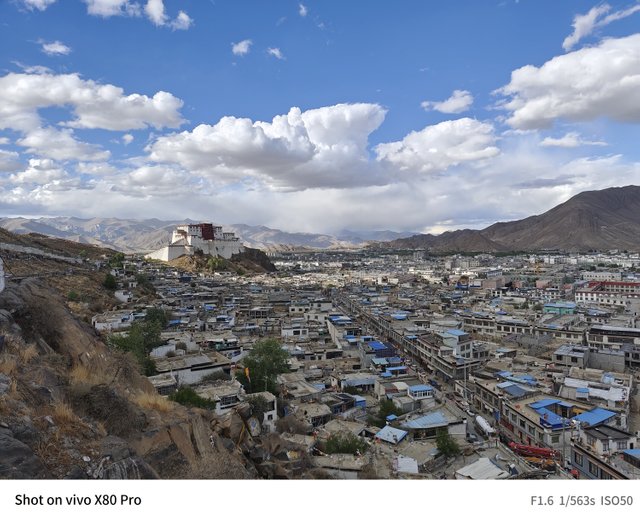
1×(23mm)
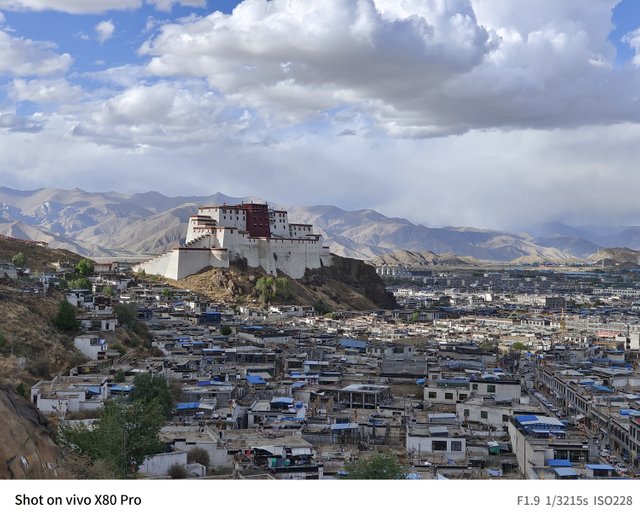
2×(50mm)
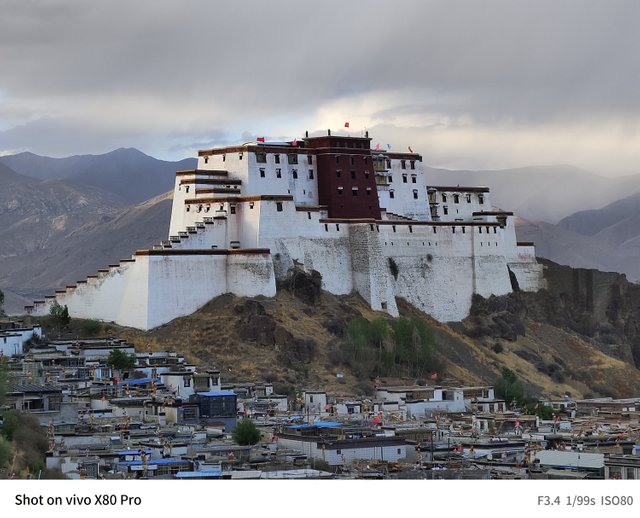
5×(125mm)
When shooting snowy highlands with intricate mountain formations and wide terrain, the ultra-wide and periscopic telephoto lenses are mostly used for shooting, showing rich detail and accurate color.
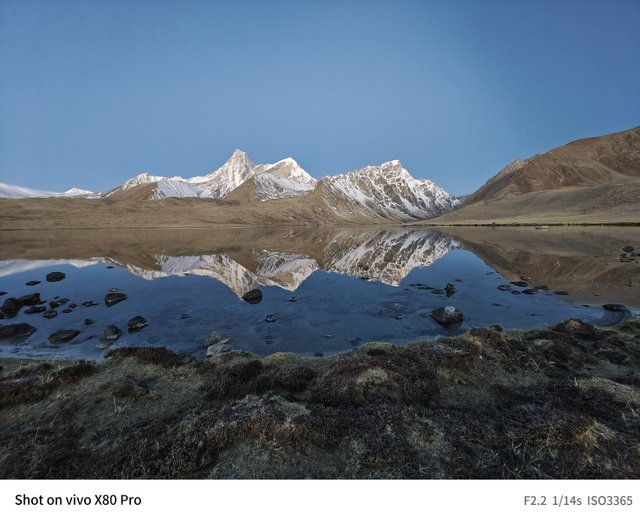
(ultra-wide 14mm)
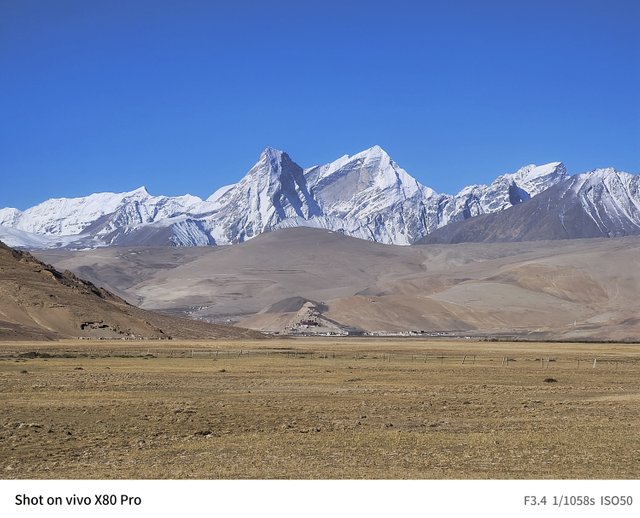
(periscope 125mm)
The X80 Pro itself also has a "Horizon Correction" function. When shooting some handheld images, once turning on this function, no matter how you hold the phone, the camera on it will help you achieve better composition.
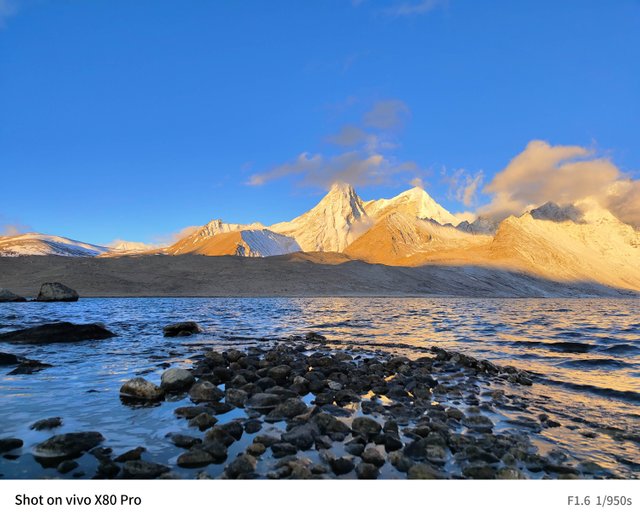
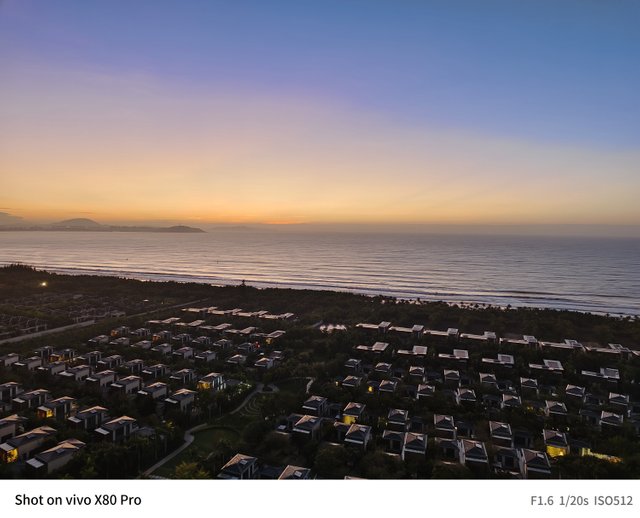
Its periscopic telephoto lens features only 8 megapixels, but still has good image quality, supporting 5x optical zoom and 60x super zoom. In fact, the newly launched phones in the first half of the year are basically not equipped with a periscope telephoto lens. Uniquely and practically, the periscope telephoto lens can really enhance the convenience and diversity of shooting.
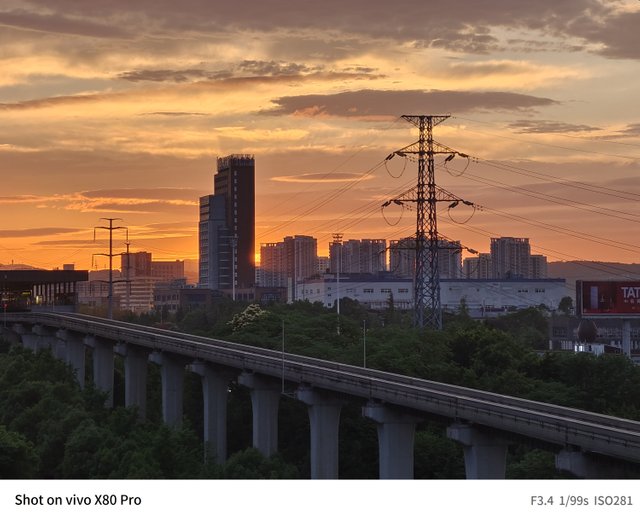
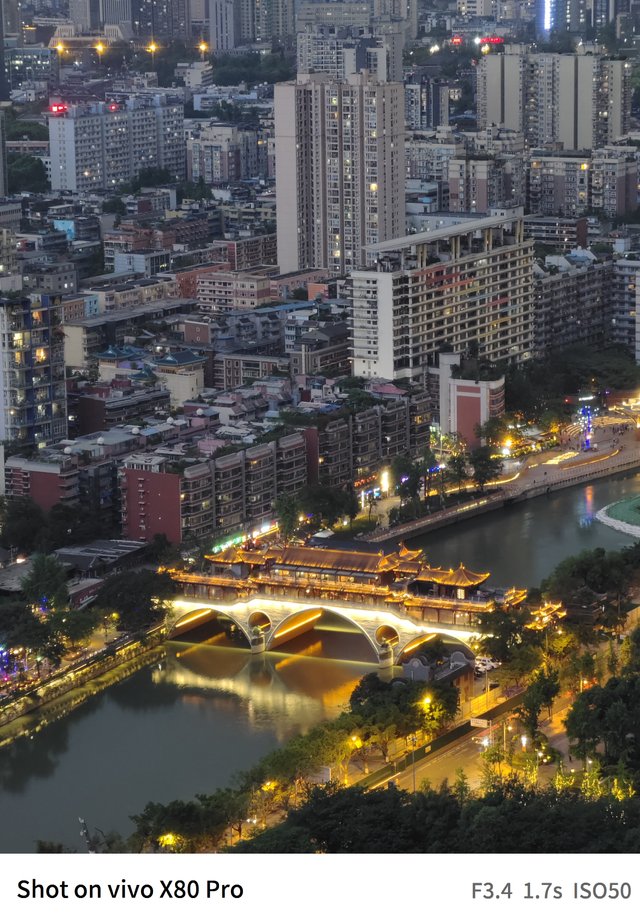
The following two samples were taken with 5x optical zoom and 12x digital zoom. As you can see, the 5x optical zoom sample retains a lot of detail and good sharpness.
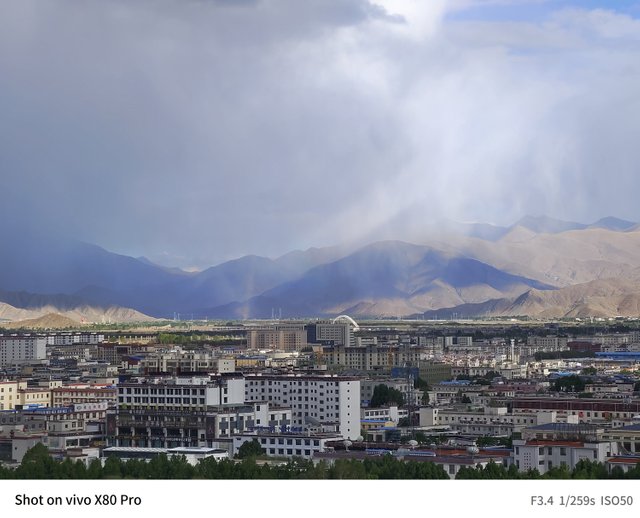
The 12x digital zoom sample shows the effect of adding a cartoon filter.
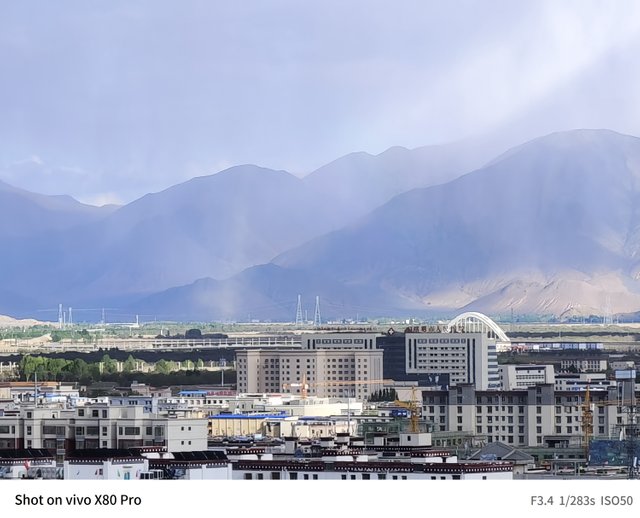
In short, the 5x optical zoom shows a great practicality; while the 60x digital zoom is able to restore a clearer outline and details in the distance, useful in some extreme shooting scenes.
003 ZEISS Natural Color
In collaboration with ZEISS, vivo has added the ZEISS Natural Color mode on the X80 Pro, truly restoring real and natural color as human eyes normally see.
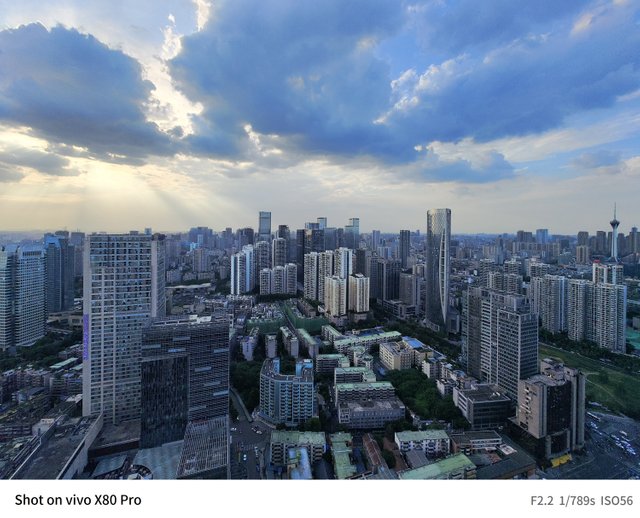
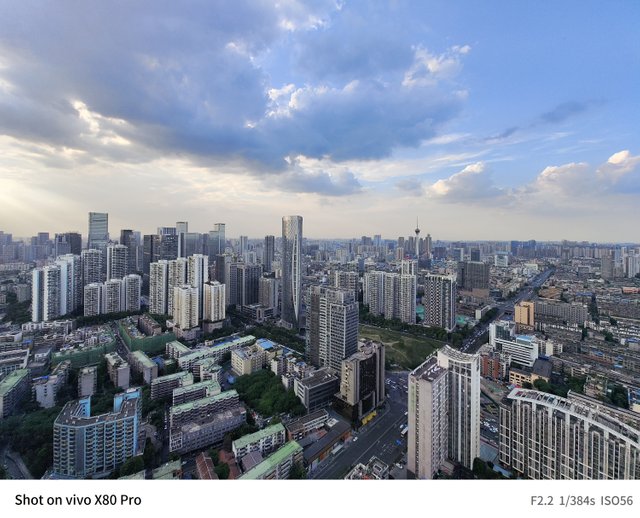
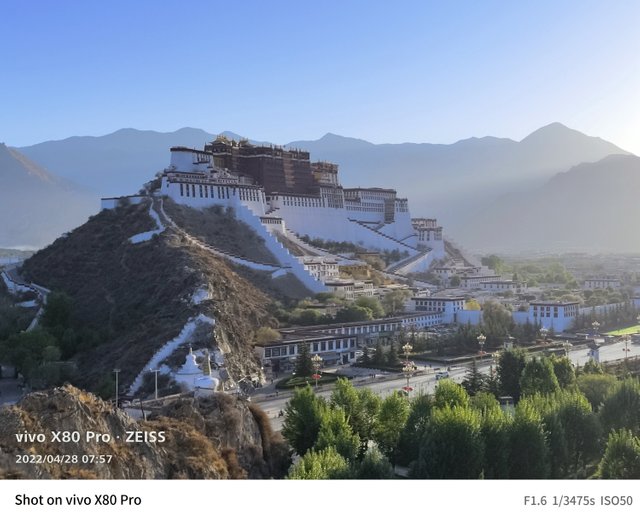
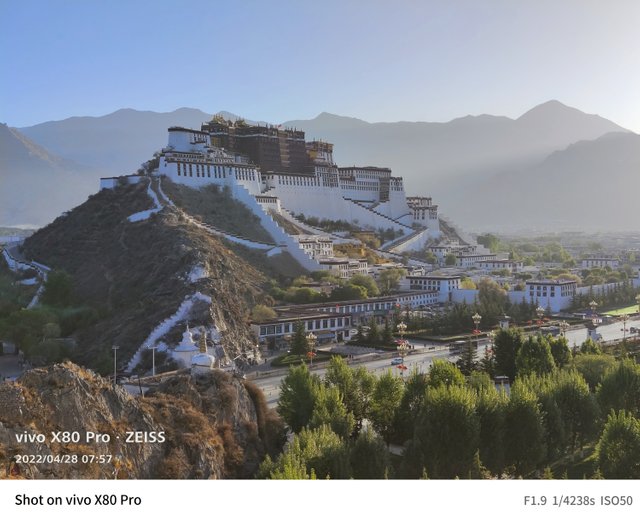
004 Nighttime Shooting
There is a Night mode specially installed in the phone’s camera interface. Using multi-frame compositing, and through a combination of powerful hardware and algorithms, its straight-out images still retain a lot of layers and control noises and highlights well, but it does show obviously smeared images at 100-percent zoom.
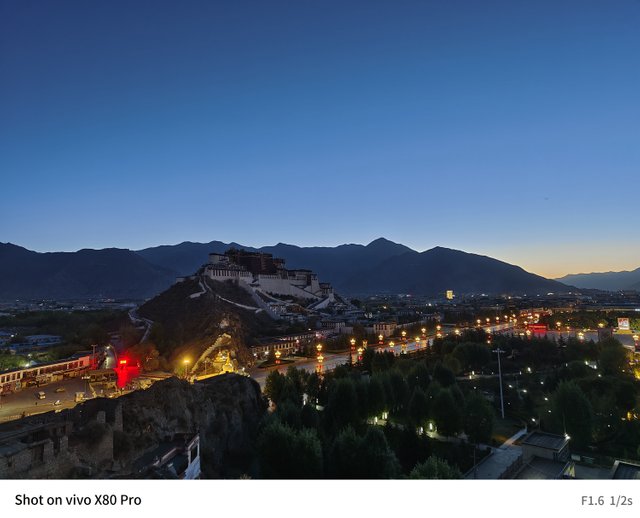
Considering that the ultra-wide lens is not equipped with optical stabilization, so when you shoot time-lapse footages or shoot at the night, a tripod is needed.
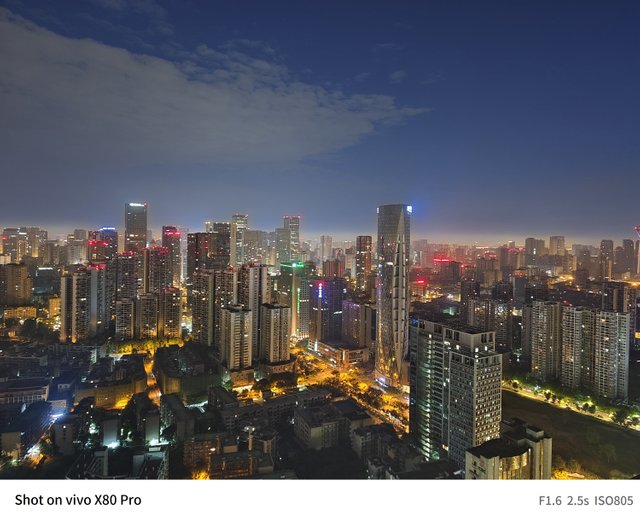
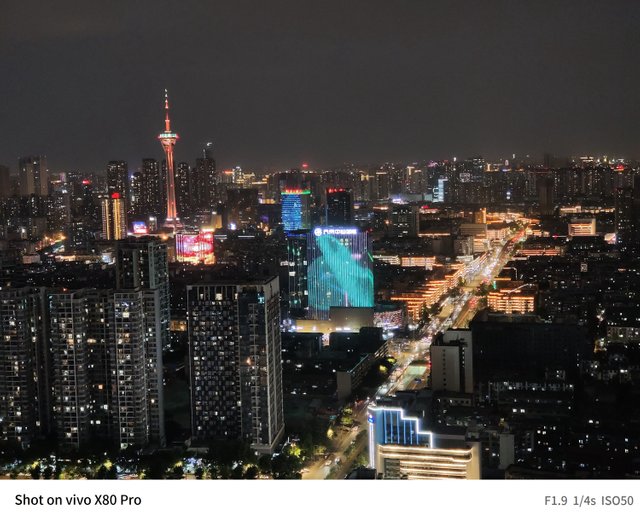
005 Time-lapse Shooting
The vivo X80 Pro provides both the time-lapse shooting automatically composed with a single click and a manually adjusted time-lapse shooting option in the professional mode. You just need set parameters and then start. In addition, you can also shoot time-lapse in RAW format, after which further post-editing is required. Here, we will share our sample gallery in which you can further check out its actual performance, and welcome your kind comments.
Using LRT/BR/AE, a time-lapse video can be completed. As the photo is taken in 3:2 (40803060), further cropping can be done when converting to 16:9 (38402160) video.
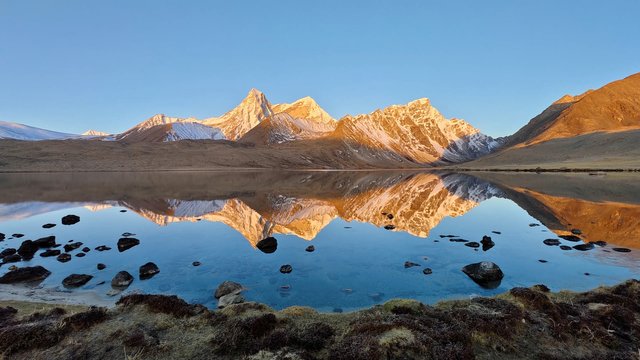
006 Stabilization
Among the four rear cameras of the X80 Pro, the ultra-wide lens is the only one without any stabilization help, while its characteristic gimbal-like stabilization system is given to the portrait lens. The stabilization system first appeared in vivo’s X50 series, and the subsequent iterations of the X series have placed the gimbal-like stabilization system on the main camera or ultra-wide lens. There are probably two main reasons: firstly, the camera module needs to be properly arranged, and secondly, the mostly used 50mm portrait lens requires better stabilization.
For the video shooting, we tested the standard stabilization, super stabilization and horizon stabilization using the main camera to shoot 1080P footages. Although all the three perform well, super stabilization and horizon stabilization have been further enhanced on the basis of the standard one, but the image quality will be reduced after electronic stabilization cropping.
Verdict
The X80 Pro has not much difference from the previous X70 Pro+, but with the help of V1+ image chip, the X80 Pro can provide better effects in terms of glare control and nighttime shooting practice.
The blue X70 Pro+ was launched last September with a great popularity. Now, the Chinese manufacture vivo send us a new flagship phone in the form of X80 Pro, an indication of its pursuit of the top among all the high-end brands. Well, does the new X80 Pro live up to vivo’s expectations? How about it performs in the real-world experience? To better test its performance, we made several special trips to Sichuan province, Tibet Autonomous Region and Chongqing municipality, China during which we had put the new phone to its limits.
SAMPLE GALLERY
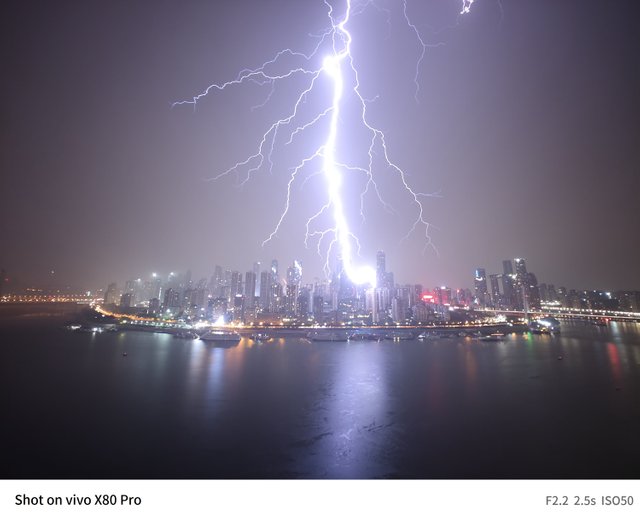
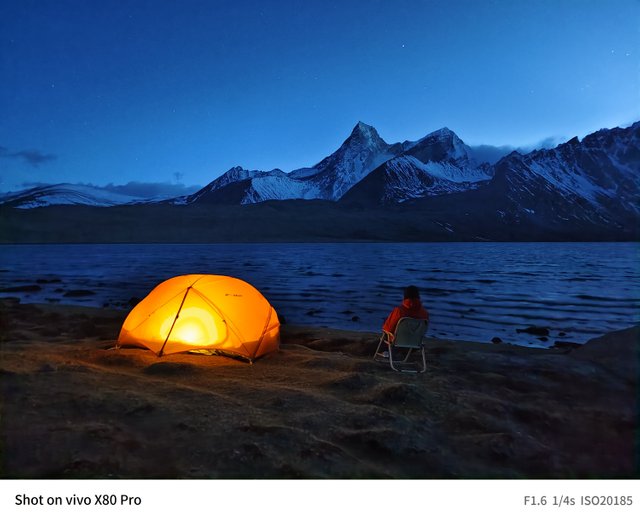
.jpg)
